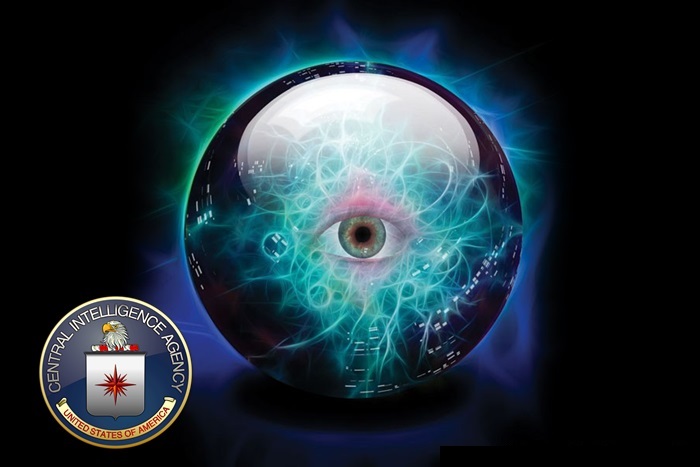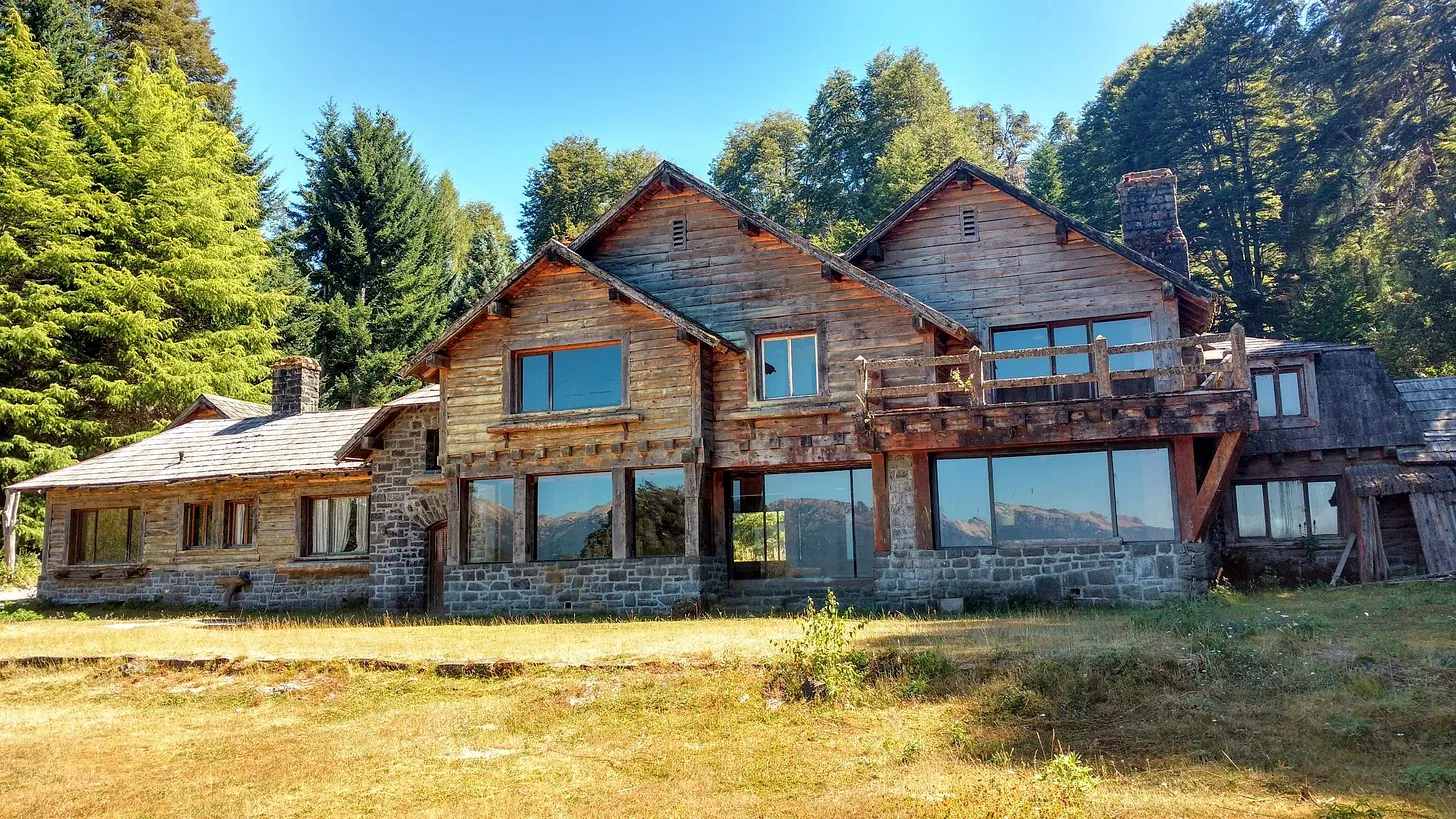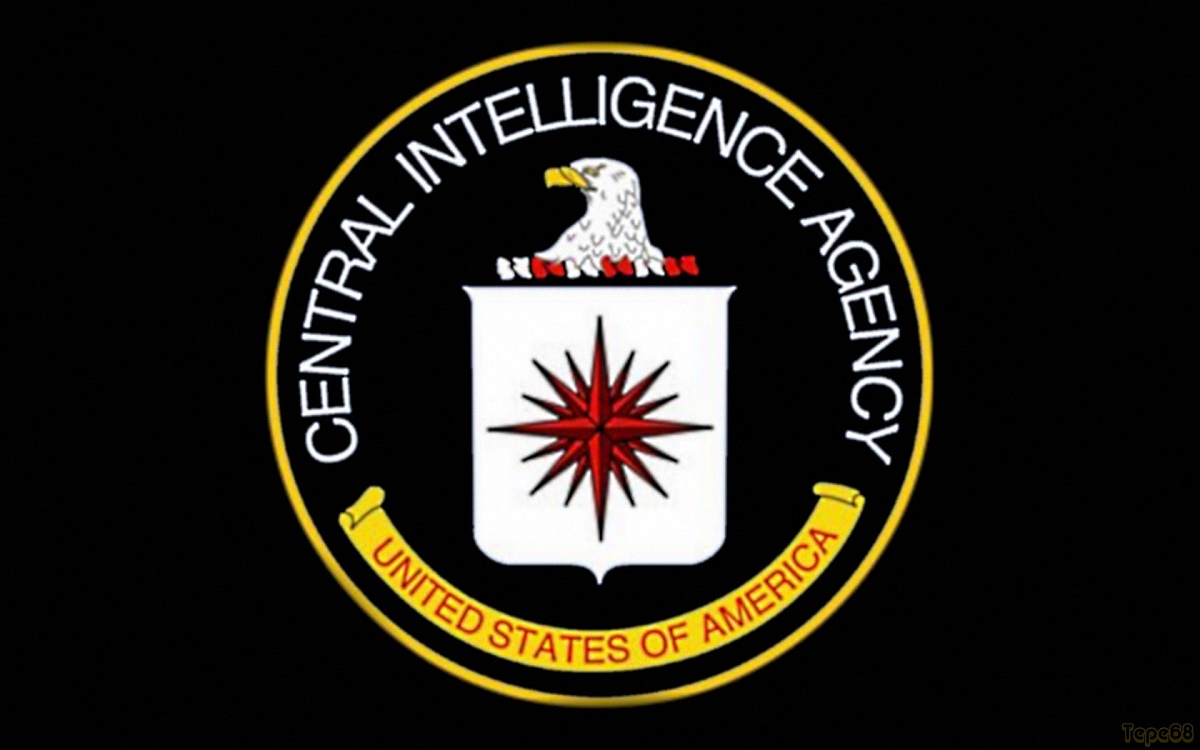James Riddle Hoffa, famously known as Jimmy Hoffa, was an iconic figure in American labor history. As the former president of the International Brotherhood of Teamsters (IBT), he played a prominent role in shaping the labor movement. However, his mysterious disappearance in 1975 has captivated the nation for decades. Despite numerous investigations and speculation, the whereabouts of Hoffa’s remains remain unknown. In this article, we delve into the background of Jimmy Hoffa and explore the most believable places where he could potentially be buried.
Background on Jimmy Hoffa
Born on February 14, 1913, in Brazil, Indiana, Jimmy Hoffa grew up in a working-class family. His involvement in the labor movement began at an early age, and he quickly rose through the ranks of the Teamsters Union. Hoffa’s tenure as the president of the IBT, from 1957 to 1971, marked a significant era in the organization’s history. Known for his charismatic leadership and ability to mobilize the labor force, he transformed the Teamsters into one of the most powerful unions in the country.
Hoffa’s aggressive tactics and alleged connections with organized crime brought him under intense scrutiny from law enforcement agencies, notably the Federal Bureau of Investigation (FBI). In 1964, he was convicted of jury tampering, fraud, and conspiracy and served four years in prison. Following his release, Hoffa attempted to regain control of the Teamsters but faced resistance from within the union and the government.
Disappearance and Theories
On July 30, 1975, Hoffa was scheduled to meet with Anthony Provenzano, a suspected member of the Genovese crime family, and Anthony Giacalone, a Detroit mobster, at the Machus Red Fox restaurant in Bloomfield Township, Michigan. However, he mysteriously vanished, and his disappearance has become one of the most enduring unsolved cases in American history.
Numerous theories have emerged over the years, speculating on the circumstances surrounding Hoffa’s disappearance and the location of his burial. While some theories propose that Hoffa’s remains were disposed of in a manner that left no trace, others suggest specific places where his body may have been hidden.
Exploring the Most Believable Burial Places
- The Giants Stadium Theory: One popular theory suggests that Jimmy Hoffa’s remains were buried beneath the former Giants Stadium in East Rutherford, New Jersey. The proximity of the stadium to mob-controlled areas and the alleged connections between Hoffa and organized crime lend credibility to this theory. It is believed that the vast expanse of the stadium construction site during its early stages provided an opportunity to discreetly bury the body. However, extensive searches conducted in the late 1990s failed to yield any concrete evidence, casting doubt on the plausibility of this theory.
- The Horse Farm Theory: Another intriguing theory revolves around a horse farm located in Milford, Michigan. It is claimed that Jimmy Hoffa was murdered in Detroit and subsequently transported to this remote location for burial. The secluded nature of the farm, combined with the presence of large machinery and construction equipment, could have facilitated the clandestine burial of his remains. Additionally, the farm’s ownership and alleged ties to the Detroit underworld add credence to this theory. Despite several searches, no concrete evidence has been found to substantiate the claim.
- The Meadowlands Theory: Similar to the Giants Stadium theory, the Meadowlands Theory suggests that Jimmy Hoffa’s body was disposed of in the vast wetlands surrounding the Meadowlands area in New Jersey. This theory posits that Hoffa’s remains were buried in one of the many swamps, making it exceedingly difficult to locate them. The marshy terrain and the influence of organized crime in the region could have enabled the perpetrators to conceal the burial site effectively. However, despite occasional searches, the elusive nature of the Meadowlands makes this theory challenging to validate.
- The Brother-in-Law’s House Theory: A compelling theory points to a house owned by former mobster and Hoffa’s brother-in-law, Charles “Chuckie” O’Brien, in Detroit. According to this theory, Hoffa was murdered in a nearby location and then transported to O’Brien’s house for burial. O’Brien’s close relationship with Hoffa and his alleged involvement in the Mafia make this theory intriguing. However, extensive searches of the property, including the removal of a concrete floor, failed to uncover any evidence supporting this theory.
- The Renaissance Center Theory: Some theorists believe that Jimmy Hoffa’s body was buried under the Renaissance Center, a landmark building in downtown Detroit. Proponents of this theory argue that the complex network of tunnels and construction sites during the building’s construction provided ample opportunities for covert disposal of the remains. Furthermore, rumors about the building’s alleged mob connections and the involvement of corrupt construction workers lend weight to this theory. Despite sporadic investigations, no definitive evidence has been found to support this claim.
Final Thoughts
The mysterious disappearance of Jimmy Hoffa continues to captivate the American public, fueling speculation and giving rise to various theories about his burial location. Although no definitive evidence has been uncovered to solve the case, the mentioned theories provide plausible explanations and locations where his remains might be concealed.
Decades after his disappearance, the search for Jimmy Hoffa’s final resting place still captivates the imaginations of both true-crime enthusiasts and historians. Until concrete evidence emerges, the mystery surrounding his fate will persist, leaving us to wonder about the ultimate destination of this influential figure in American labor history.




